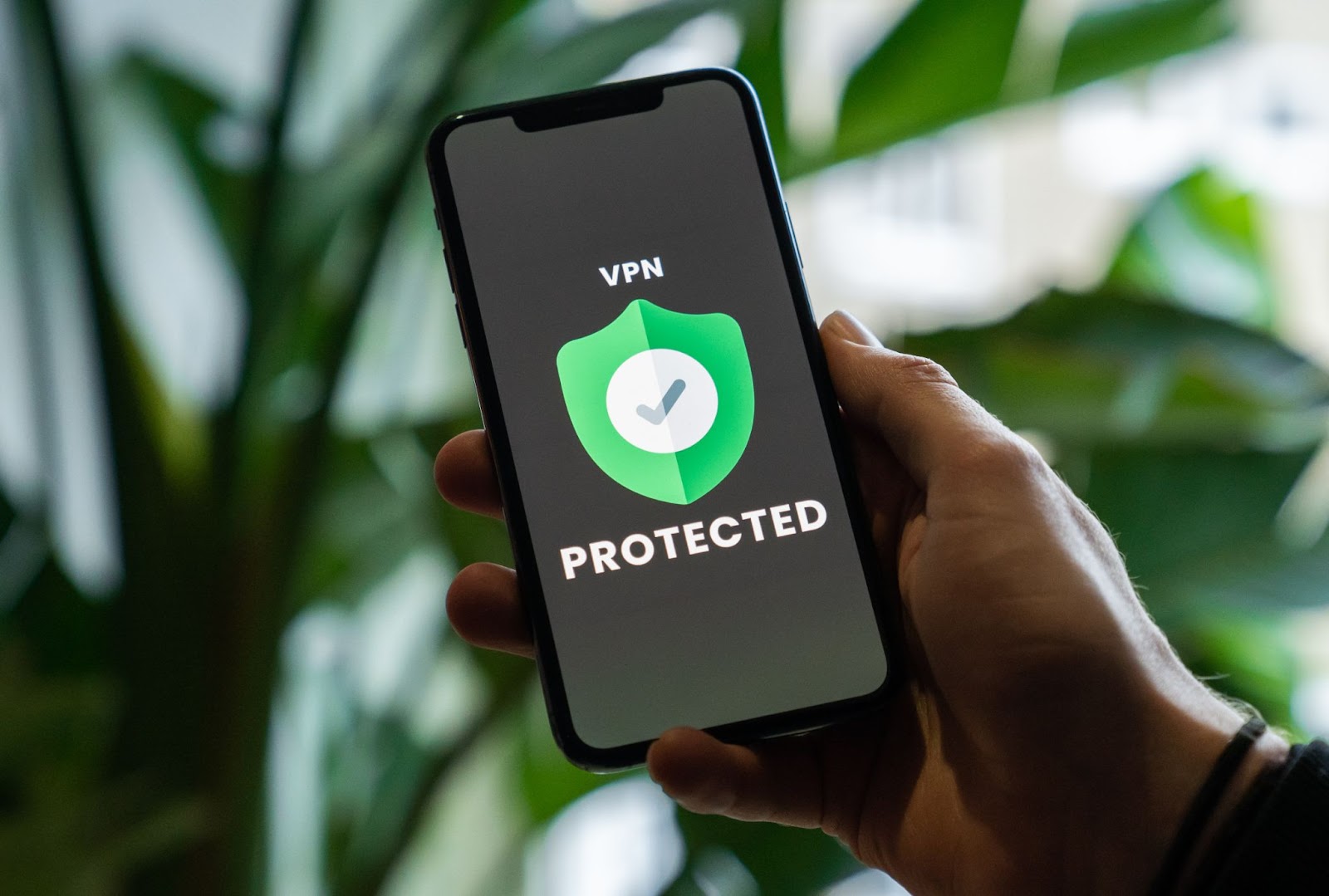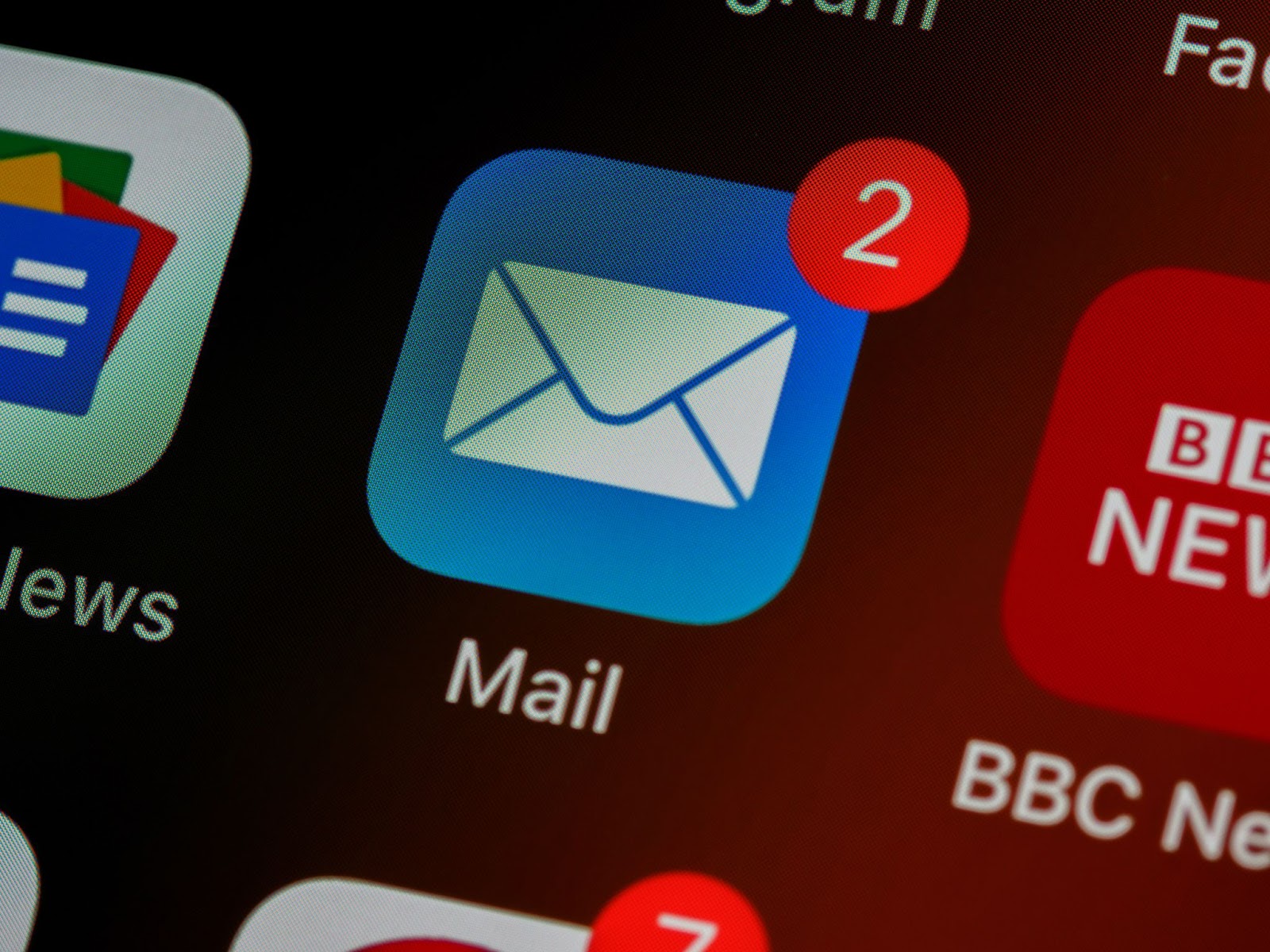How to Stop Spam Email Submissions
By Megha Patel
August 11, 2021
If you have an email address, surely you have dealt with spam email submissions. Spam messages come from illegitimate email addresses and usually contain malicious intentions. In fact, 320 billion spam emails are sent daily; 94% of malware is delivered via email spam messages. Users must strive to protect their privacy by educating themselves on the threat of spam emails, as well as how to prevent them.
What are spam email messages?
These messages can include numerous typos, threatening messages, and misleading information. It is important to note that there is a difference between spam messages and marketing messages: the latter asks for your consent to opt-in and receive certain messages via email. Spam messages, however, do not ask for your permission and do not include a genuine unsubscribe link. If there is a link, be cautious of malware that allows hackers to infringe upon your privacy and personal data. Here are a few ways to identify spam messages: unfamiliar links, asking for personal information, or strange phrasing.
Spoofing
Spoofing is when a hacker deliberately disguises malicious emails as one from a “legitimate” source. Scammers often spoof an email by creating an email address almost identical to a legitimate email address or by forging the display name or From address. After spoofing an email, cybercriminals can attempt to manipulate users into sharing sensitive data.

Common Cyberthreats Associated with Spam Emails
Trojan Horses. After merely opening a spam email submission, this type of attack can immediately activate. A trojan virus can hide inside free software downloads, innocent attachments, or even from a company or individual you know. In other words, regardless of if you can recognize the email address as legitimate, a trojan horse can install malicious code (viruses or spyware) that intentionally cause harm to your computer and can steal your personal data.
Zombies. This type of malware can alter your computer into a hotspot that sends spam to other computers. Oftentimes, you might be completely unaware of your participation in this cyberattack in which your computer can be sending mass amounts of spam email submissions or attacking web pages. While you might be a bystander in this situation, your device may be passively contributing to an attack launched by a cybercriminal.
Ransomware. Fake attachments can contain ransomware, a type of software that blocks access to your computer until you pay ransom to the hacker. This software can be hidden in a fake link or attachment disguised as a free offer. Upon being opened, the ransomware can immediately be downloaded and take your computer hostage.
Phishing. This is a dishonest practice of sending fake emails under the guise of reputable companies to manipulate users into sharing sensitive information. Phishing emails imitate legitimate businesses and will often ask users to go on a spoofed website and re-enter credentials. Hackers might send a message like “Hey! You need to update this information” which they will then use to take advantage of your private information. Spear Phishing utilizes users’ information against them. This targeted attack will create a message tailored for the recipient and can be very difficult to detect.

Prevention Methods
- Do not respond! Delete immediately and block any spam email messages. If you are receiving repetitive messages from the same address, blocking the sender will prevent messages. Spam messages can contain software that allows the hacker to be notified if you even open the email without touching anything contained inside. And since this confirms that you have an active account– this can lead to even more spam messages. Thus, try to limit any interactions with spam messages; no clicking or downloading anything!
- Mark as spam. Many popular email services, like Gmail and Apple Mail, attempt to filter out spam mail by sorting them into a folder. If the same email address tries to send more messages to you, this message will automatically go into the spam folder, thus decreasing spam email submissions in your inbox.
- Pro Tip: Keep your business and personal life separate. Use a separate, personal email for registering for contests, deals, coupons, updates, etc.. This will limit spam organizations from finding your business email via the internet and reduce reputational damage in your workplace.
Download anti-malware software and privacy protection programs. Spam filtering software can help you protect yourself from cyberattacks. If emails contain malicious content, certain software programs like NortonLifeLock and Malwarebytes aim to remove the message and prevent your computer from being infected. Other privacy protection programs stem from the business’s side, like humanID, that strive to increase cyber security for its users. For instance, businesses that implement humanID authenticate identifications through a secure, single sign-on login. Password protection can reduce users’ vulnerability to cyberattacks like spam email submission and ensure one’s privacy.
Spam email submissions can be far more dangerous than just another annoying message in your inbox. Users should protect their privacy by implementing proactive measures, such as committing to companies that aim to protect user privacy the most through single sign-ons like humanID. We must take these active measures and prioritize our security on the web, especially against intentional, malicious attacks.


